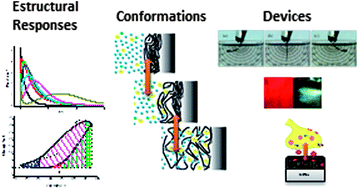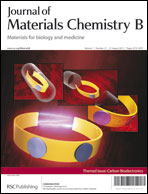Life is supported by cellular reactions driving conformational, folding and unfolding macromolecular movements with ionic and aqueous exchange. Here we review the state of the art of the electrochemistry of conducting polymers as elemental material models of biological reactive gels. The different experimental methodologies allowing identification and quantification of the reaction induced molecular (conformation) and macroscopic (relaxation, swelling, shrinking and compaction) structural changes are reviewed. Similar structural effects from other materials and systems, artificial or biological, are presented. Some reaction induced properties and devices mimicking biological functions and organs are described: sensing and tactile artificial muscles, smart membranes, artificial glands or artificial chemical synapses. The new structural chemical kinetics opens the way to modelling and predicting health issues linked to reactive folding or misfolding processes, and to advancing the knowledge of brain molecular mechanisms such as memory. Chemo-electronic conformational memories and dual sensing–actuating, zoomorphic and anthropomorphic gel tools and robots are envisaged.

You have access to this article
 Please wait while we load your content...
Something went wrong. Try again?
Please wait while we load your content...
Something went wrong. Try again?


 Please wait while we load your content...
Please wait while we load your content...